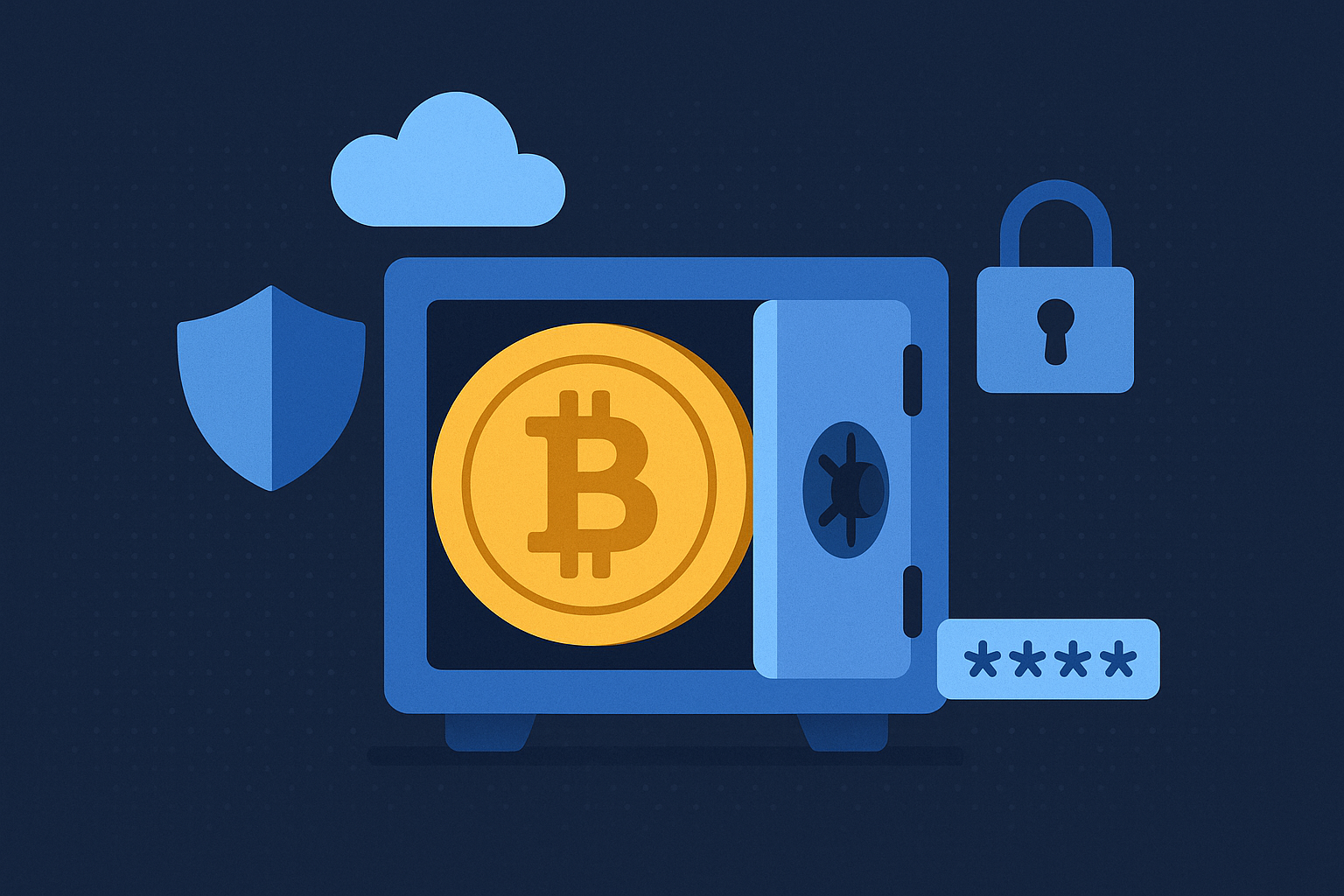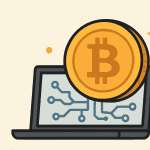Cryptocurrencies are digital assets, and keeping them safe is very important. Unlike money in a bank, if you lose your crypto, you might not get it back. This guide explains how to store your crypto safely using simple terms.
Contents
Why Crypto Storage Matters
Cryptocurrency is stored in a digital wallet, not a physical place. A wallet keeps your private keys safe. Private keys are secret codes that let you access and control your crypto. If someone gets your private keys, they can steal your funds.
There are two main types of wallets:
- Hot Wallets: Connected to the internet
- Cold Wallets: Not connected to the internet
Hot Wallets
Hot wallets are easy to use and perfect for daily transactions. They come in forms like mobile apps, desktop software, or web-based wallets.
Pros:
- Convenient
- Fast access
- Good for small amounts
Cons:
- More exposed to hacking
- Not ideal for long-term storage
Cold Wallets
Cold wallets store crypto offline. They come in forms like hardware wallets or paper wallets.
Pros:
- Very secure
- Best for long-term storage
- Harder to hack
Cons:
- Less convenient
- Can be lost or damaged if not backed up
Best Practices to Store Crypto Safely
1. Use a Hardware Wallet
A hardware wallet is a small device that stores your private keys offline. Brands like Ledger and Trezor are popular. They are one of the safest ways to store crypto.
2. Back Up Your Wallet
Always back up your wallet. When you create a wallet, you’ll get a recovery phrase (usually 12–24 words). Write it down and store it in a safe place. Do not store it online or take a photo of it.
3. Use Strong Passwords
If your wallet has a password option, use a strong and unique password. Avoid using the same password across different platforms.
4. Enable Two-Factor Authentication (2FA)
Use 2FA whenever possible. This adds an extra layer of security to your wallet and exchanges.
5. Keep Software Updated
Whether you’re using a mobile app or a desktop wallet, always keep the software up to date. Updates often include important security fixes.
6. Avoid Storing Large Amounts on Exchanges
Exchanges are platforms where you can buy or sell crypto. While they are convenient, they are also targets for hackers. Store only small amounts on exchanges for trading. Move the rest to a secure wallet.
7. Be Aware of Phishing Scams
Hackers often trick people into giving away their private keys through fake websites or emails. Always double-check URLs and never share your recovery phrase.
Multi-Signature Wallets
Multi-signature (multi-sig) wallets require more than one private key to make a transaction. This adds another level of security and is often used by businesses or groups.
Paper Wallets (Advanced Users Only)
A paper wallet is a printed piece of paper with your private and public keys. While secure, paper wallets are easy to damage or lose. They are best used by advanced users who understand the risks.
Conclusion
Storing crypto safely is your responsibility. Using the right wallet, backing up your recovery phrase, and following security best practices can protect your assets. Whether you choose a hot wallet for quick access or a cold wallet for maximum security, always stay informed and cautious.




